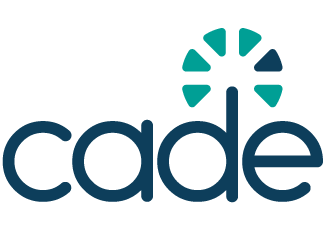Philippines: DICT mandates unified ICT planning standards across government
By enforcing unified ICT planning standards, the government aims to make public services more efficient, accessible, and responsive to citizens’ needs.

The Department of Information and Communications Technology (DICT) has issued a new policy requiring all government bodies to adopt unified standards in their Information Systems Strategic Plans (ISSPs).
The policy, outlined in Department Circular No. HRA-001 s. 2025 applies to national agencies, government-owned and controlled corporations, state universities and colleges, and other covered entities. It mandates that all ICT planning be aligned with national priorities through a centralised framework, with quality assurance and oversight provided by the DICT and the Medium-Term Information and Communications Technology Harmonization Initiative (MITHI) Steering Committee.
According to DICT Secretary Henry Aguda, the objective is to eliminate redundancy, improve digital preparedness, and ensure that government ICT investments directly support citizen-focused public services. Agencies must use the standard ISSP template and meet minimum quality requirements set by the DICT. Submissions are to be sent directly to the MITHI Secretariat. Aguda added that the policy is intended to streamline ICT implementation, making services simpler and more accessible to the public.
The initiative is supported by Republic Act 10844 (DICT Act of 2015), the 2025 General Appropriations Act, and related joint guidelines. Tools and resources to aid the transition will be made available soon.
Why does it matter for civil society?
The policy matters for civil society because it can lead to more accessible and efficient digital public services, enhance government accountability, and create clearer pathways for civic participation. Standardised ICT planning also helps civil society monitor digital projects and advocate for inclusive, rights-based technology use.


